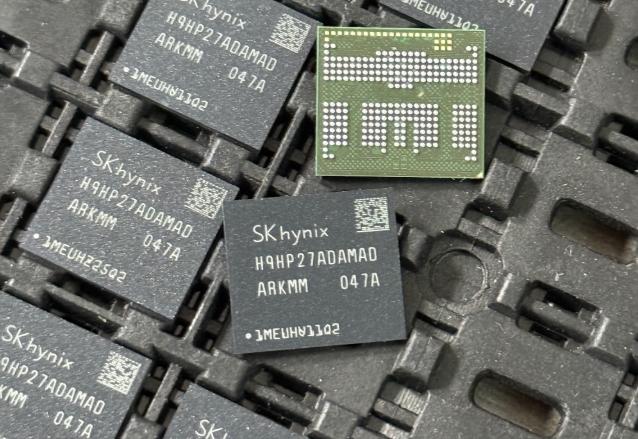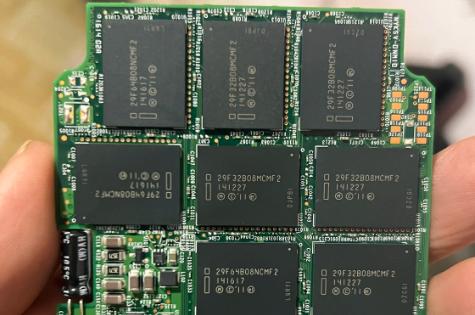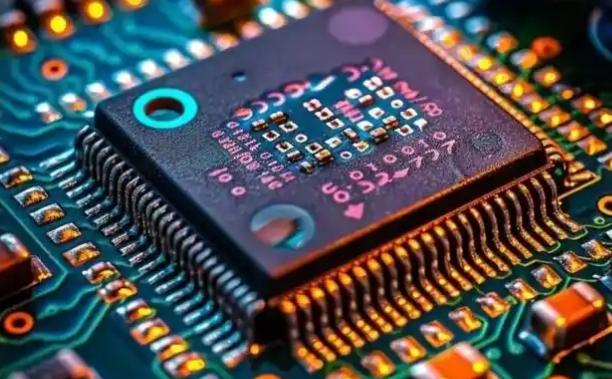An Article to Help You Understand How the Storage Device B1969202 Works
2/28/2025 1:21:35 AM
In the rapid development of modern electronic technology, storage devices serve as a crucial component of information systems. As a representative of a series of high-performance storage devices, B1969202 embodies the essence of contemporary storage technology in its internal working principles and design concepts. This article will delve into the working principles of the B1969202 storage device to help readers better understand the operational mechanisms of this high-tech product.
I. Basic Concepts of Storage Devices
Storage devices, in simple terms, are electronic devices used to save and retrieve data. In computer systems, storage devices serve as the memory for storing programs and data, and their performance directly affects the system's operating speed and data processing capabilities. B1969202, as a type of storage device, may belong to categories such as Dynamic Random Access Memory (DRAM), Static Random Access Memory (SRAM), or Flash Memory. Although the specific type is unknown, we can elaborate on its working principles based on general concepts.
II. Storage Cells and Data Representation
The B1969202 storage device consists of a large number of storage cells, each capable of storing a binary code, either "0" or "1". These storage cells are accessed through specific addresses, allowing data to be stored or retrieved as needed. Storage cells are typically composed of semiconductor devices such as transistors or capacitors, using their switching states or charge states to represent binary data.
III. Addressing Techniques and Data Access
B1969202 may utilize advanced addressing techniques, such as multiplexing or line selection, to enhance memory efficiency and density. Multiplexing reduces the number of address lines by transmitting different address information on the same set of address lines at different times. This method is particularly common in higher-density memory designs. Line selection is more suitable for applications requiring higher speeds or smaller storage capacities.
During data access, the CPU first sends address information to the memory. The memory selects the corresponding storage cell through its internal decoding circuit. For DRAM, row latches and column latches are also used to further determine the location of the storage cell. Then, based on the control signals for read and write operations, data is read out or written into the selected storage cell.
IV. Dynamic Refresh and Data Retention
If B1969202 belongs to the DRAM type, it also requires periodic refresh operations to maintain data stability. The storage cells of DRAM are composed of capacitors, which gradually leak charge over time, leading to data loss. Therefore, each storage cell of the DRAM must be periodically read and the read data rewritten to maintain charge stability. This process is known as dynamic refresh.
V. Performance Characteristics and Application Fields
The performance characteristics of the B1969202 storage device may include high storage capacity, fast access speed, low power consumption, and good data retention capabilities. These characteristics make B1969202 widely applicable in various fields, such as main memory in computer systems, cache memory in embedded systems, and storage media in portable devices.
In summary, the working principles of the B1969202 storage device involve the design of storage cells, the application of addressing techniques, data read/write operations, and dynamic refresh, among others. By gaining a deep understanding of these principles, we can better comprehend the performance characteristics and application fields of storage devices, thereby providing powerful support for the design and optimization of electronic systems.
Fudong Communication (Shenzhen) Group Co., Ltd., established in 2004, is a specialized global first tier semiconductor agent/distributor.
Fudong Mall is an online e-commerce platform belonging to Fudong Communication (Shenzhen) Group Co., Ltd. Fudong collaborates with global electronic component distributors and Chinese spot inventory suppliers.









